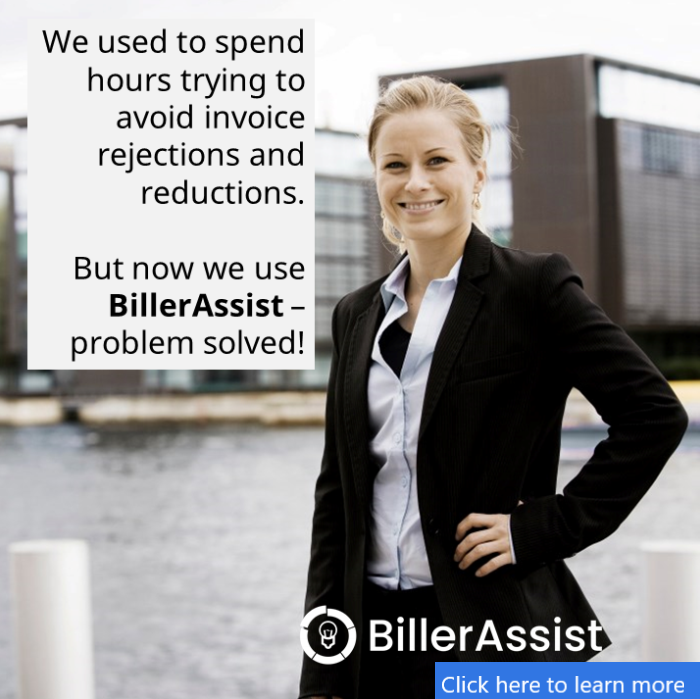Artificial Intelligence: A Primer for Lawyers
Many articles and news reports showcase how Artificial Intelligence (AI) is being increasingly utilized by many different professions and industries year after year.
For example, online tech magazine ZDNet recounts that venture capital funding for AI startups more than tripled in recent years, that the use of AI by customer service organizations is estimated to exceed 140% in the near future, and that marketing organizations already saw a 44%.
Similarly, a recent Deloitte survey indicated that two-thirds of their respondents said “that AI technologies are ‘very’ or ’critically’ important to their business success today, increasing to 81 percent in just two years,” and that “four in 10 believe that AI will be critically important within two years.”
Legal practice will be affected by AI, as well. Law firms and attorneys who have adopted AI are already saving more time, cutting overhead expenses, and elevating the quality and accuracy of their services.
The software programs and apps that currently support legal professionals can raise the efficiency of legal work to levels that were previously impossible — which is great news for attorneys and clients alike.
Misconceptions: Don’t Believe the Hype
There are many misconceptions regarding the true nature of artificial intelligence, thanks in large part to movies and television shows in popular culture.
In these works of fantasy, oftentimes machines and programs gain sentience, realize that they are superior in almost every way to the humans that created them, and then attempt to destroy humanity.
The human race can breathe a sigh of relief knowing that, in reality, AI is merely a tool with which many business sectors can vastly improve their operations.
To put it simply, AI technology follows preset paths and can “learn” new tasks that are given to it that are within its programming parameters. Artificial intelligence’s main function is to very rapidly scan vast amounts of data and retrieve from it the information needed.
In other words, AI can sort through large amounts of data, find the information it’s been programmed to find, and then can even make recommendations.
Given artificial intelligence’s mastery of pattern recognition, it is well suited for legal tasks. After all, the application of legal rules is at least in a foundational way all about logical cause and effect (i.e., “If this, then that”).
As a recent Harvard Law article explains:
“[B]ecause AI can access more of the relevant data, it can be better than lawyers at predicting the outcomes of legal disputes and proceedings, and thus helping clients make decisions. For example, a London law firm used data on the outcomes of 600 cases over 12 months to create a model for the viability of personal injury cases. Indeed, trained on 200 years of Supreme Court records, an AI is already better than many human experts at predicting SCOTUS decisions."
Artificial intelligence is plainly capable of producing reliable and useful results for the legal profession.
The Problem of the Underlying Data
However, artificial intelligence is not yet at a stage where it can work independently from human supervision, and reliably produce quality work all on its own.
A recent article from the ABA Journal points out that many advanced assignments, projects, and cases “can be hindered by the quality of data and lack of oversight.”
Similarly, Law.com’s Erin Hichman noted “most AI initiatives are not ‘plug & play,’ or perfectly functional right out of the box . . . as a result, firms need to plan effectively for the development and launch of AI platforms.”
In order to be able to produce work of maximum quality and accuracy, AI needs quality data.
For law firms, there may be no need to change anything – high quality data should already be found in a firm’s documents, email, and billing data. An American Bar Association article recently recounted how “today, many law firms have digital client files as the primary client file, and every law firm has at least some digital client records, including email, billing and word processing files.”
Because law firm records should already be meticulously maintained, corrected, and updated on a regular basis anyway, this data will almost always be sufficient.
Additionally, AI is able to conduct its own data quality control. Artificial intelligence applications are often already used in the detection of data anomalies, taking data from different sources and converting it into one program, updating this data, charting the course of a transaction, and eliminating extraneous data.
Using AI, law firms can easily become more efficient and better informed as advanced programs and applications organize and interpret documents, court rulings, and data from within the firm.
In addition, by using AI, law firms can retain practical information and discard anything unnecessary by using AI for data quality control.
Conclusion
Businesses that embrace artificial intelligence and all of its potential now will be ahead of the competition in the future.
Lawyers in particular should take note to at least explore the possible AI tools available for them. After all, the ABA Model Rules of Professional Conduct on technology competence have been adopted by a vast majority of states, requiring lawyers to stay up to date technologically.
To put it differently, if an attorney has the ability to provide more effective and economical services for their client, then ethically they should. Artificial intelligence applications have the potential to fulfill these needs.



